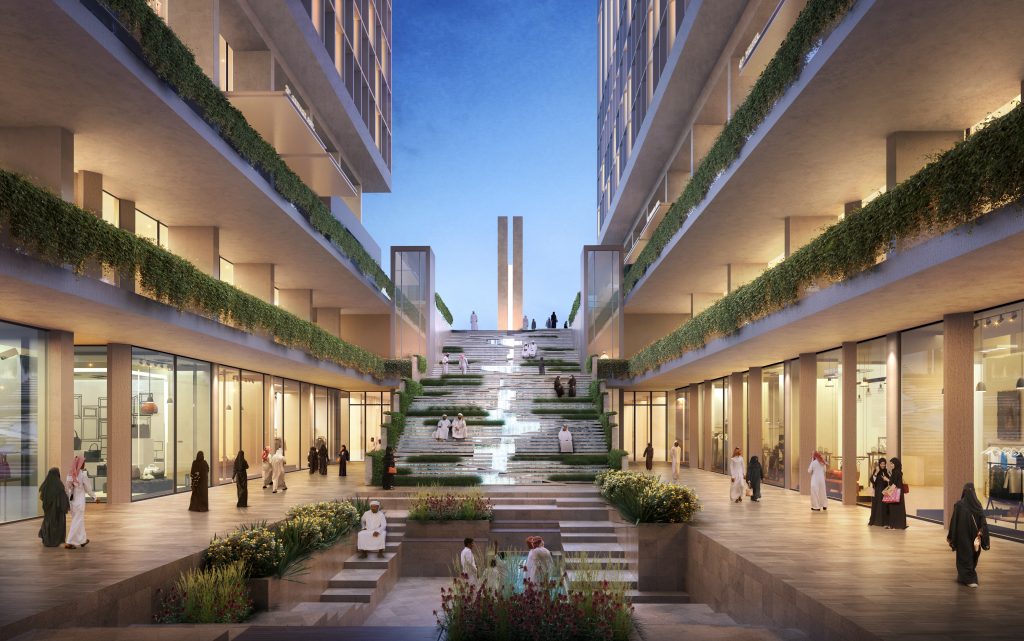Estimated reading time: 3 min
Integrated residential communities are not a new thing, the origins of them can actually be traced back to the early civilizations and the very development of urban planning. Throughout history, different factors and societal needs have influenced the creation and evolution of residential communities. In ancient culture these communities were designed with a central focus on housing, infrastructure, and communal spaces that accommodated growing populations. The layout of these cities often included grids, streets, and designated residential areas. This was carried on to the medial ages where residential communities still centralised around a central core. However, these communities aimed to provide security, efficient land use, and a sense of community within the city walls.
In today’s society structures and physical security, in the sense of castle walls, are no longer a necessity however our desire for a sense of community has never lessened. These days there have been stunning examples of creating integrated residential communities. There have been significant innovations in recent years of the tired example of what comes to mind when the phrase ‘residential communities’ is heard. Instead, integrated cafes, child centres, and more have been included to ensure the highest standard of necessities for living and the best quality of life are met leading to the concept of integrated residential communities gaining prominence. By today’s standards, “In order to be truly integrated into a community, you need to have access to services and connections beyond the walls of your home. You need to have places to go and things to do. You should be able to live where you want, but you should also be able to play, to work, and to learn. You need to interact with other members of your community.” (1).
Across many large projects RMJM has recently been working to imagine the next big steps in integrated residential communities. But what are the advantages of a contemporary ‘integrated residential community’?  Belgrade Waterfront ‘Wellness Centre’, Belgrade, Serbia
Belgrade Waterfront ‘Wellness Centre’, Belgrade, Serbia
It goes without saying that integrated residential communities foster a sense of belonging and community spirit. In the case of Belgrade Waterfront, shared amenities and communal spaces, means that the residents have increased opportunities for social interaction, networking, and forming meaningful relationships with their neighbours. And alongside this, the community features comprehensive amenities within close proximity to residents’ homes. Shared features such as parks, fitness centres, swimming pools, sports facilities, walking trails, cafes, and convenience stores are examples of how shared facilities can bring different people within the same housing community together. And moreover, such convenient access to facilities can save time and further enhance the overall experience and quality of life.
In addition, aspects such as access to Education and Healthcare have been integrated. Specifically, in regards to the integrated residential community of Bedford Waterfront, there are kindergarten and medical facilities designated within their premises or in very close proximity. This offers convenient access to quality education and healthcare services, saving time and reducing commute distances for residents and their families. This in turn enhances and even can improve a work-life balance for parents within the community. The integrated residential community is strategically located near major employment places, and as such reduce the overall commute times for residents. This proximity can help individuals achieve a better work-life balance, with more time available for family, leisure activities, and personal pursuits. Thakher Gardens, Makkah, KSA
Thakher Gardens, Makkah, KSA
When looking at another RMJM residential community project, Thakher Gardens, ‘attractive sustainability’ is becoming a commonplace practice when designing these communities. RMJM was commissioned to deliver an exemplary world-class development that will be commercially sustainable, vibrant and connected. Conceived as an urban garden community in the heart of Thakher City, this high-density development interweaves city living and public realm with key city connections to the surrounding neighbourhoods. The contextual response to climate complements an efficient and rational massing approach, views and diverse land uses threading a landscaped circulation prioritising the human scale, connections with nature and materiality through its architectural language.
Additionally, maintenance tasks, such as landscaping, waste management, and general upkeep of common areas, are taken care of by the community management. This is key in ensuring the continuation of sustainable practices. Communities such as this prioritise sustainable practices, incorporating; energy-efficient infrastructure, recycling programs, green spaces, and environmentally friendly initiatives. This commitment to sustainability benefits both the residents and the environment, promoting a greener and more eco-friendly lifestyle.


